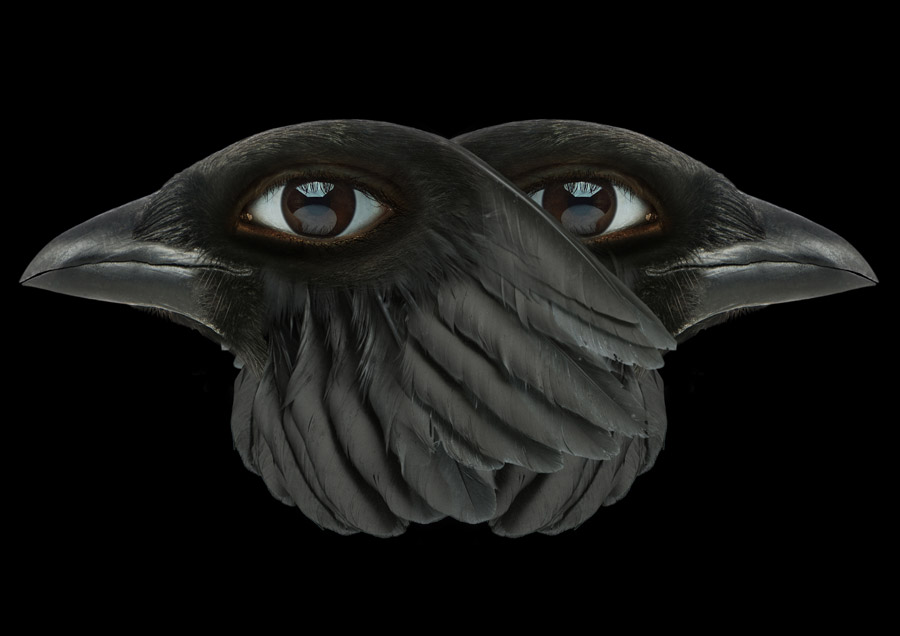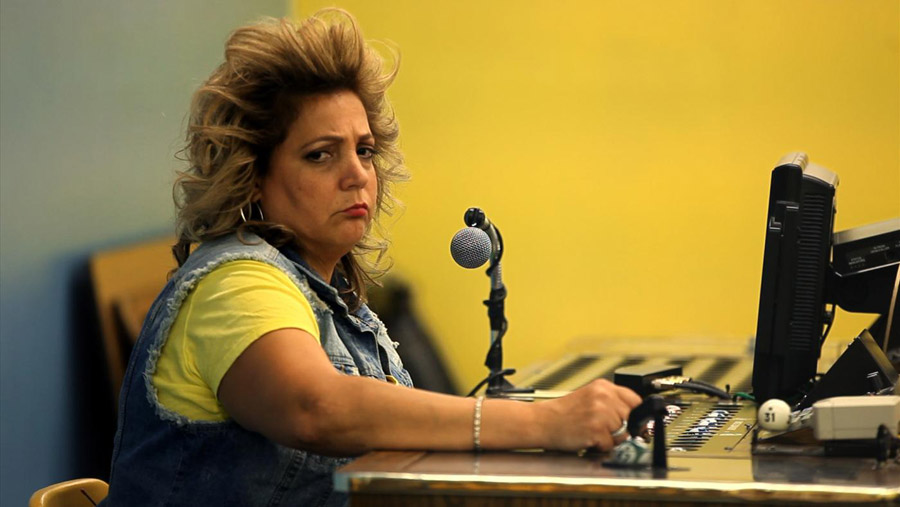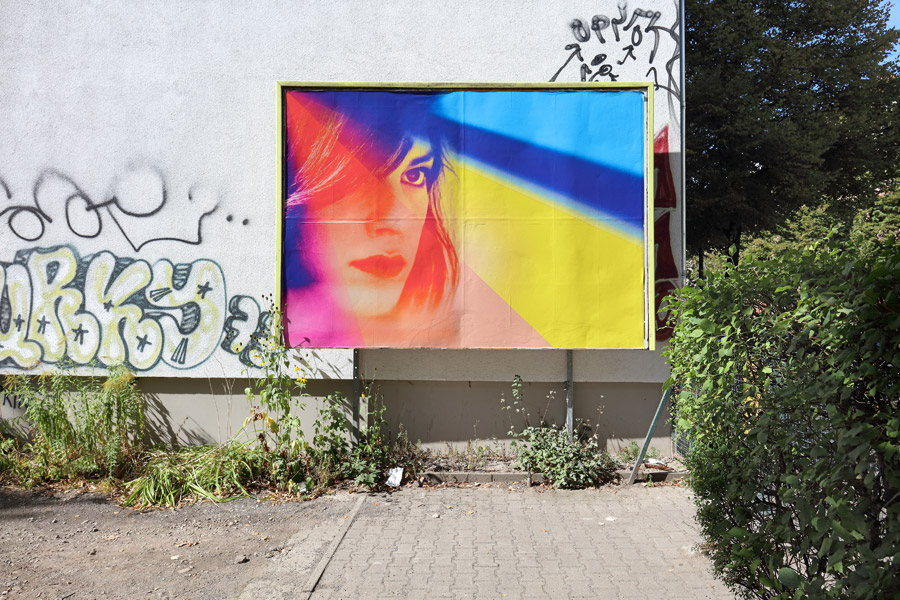Critic’s Guide to Berlin Art Week
With exhibitions at more than 45 official participating venues, here’s our guide of what not to miss during Berlin Art Week
With exhibitions at more than 45 official participating venues, here’s our guide of what not to miss during Berlin Art Week


Candice Breitz, ‘Sex Work’
Museum Frieder Burda – Salon Berlin
21 September 2018 – 5 January 2019
In ‘Sex Work’, two recent works by the Berlin-based South African artist Candice Breitz are placed in dialogue with paintings by William N. Copley. Copley, who painted primarily during the 1950s, ’60s and ’70s, was enamoured with women and produced works that fetishized sex work, as seen in a piece such as Tomb of the Unknown Whore (1966). Contrastingly, Breitz directly engages with and gives voice to a community of sex workers in Cape Town. The first room of her 13-channel video installation TLDR (2017), which acts as a type of follow-up to her critically acclaimed Love Story (2016), which was screened at the 2017 Venice Biennale, shows a 12-year-old boy as he recounts a recent narrative that affected the relationship between Amnesty International and a coalition of actresses, including Meryl Streep, Charlize Theron and Carey Mulligan; a narrative that turned feminists against feminists. His words are animated by ten sex workers flanking him on both sides, often holding signs that reiterate his phrases, naming convicted and alleged sexual offenders, or reacting with familiar acronyms (OMG, NSFW, WTF and the titular TLDR). The second room, with ten suspended monitors, offers visitors the chance to get to know each of the sex workers through a series of personal interviews. Through a collective twelve hours of footage, alongside the personal stories shared in Sweat (2018), the sex workers involved with the Sex Workers Education & Advocacy Taskforce receive a voice that works such as Copley’s silenced.

Agnieszka Polska, ‘The Demon’s Brain’
Hamburger Bahnhof
27 September 2018 – 3 March 2019
After receiving last year’s prestigious Preis der Nationalgalerie (former winners include Anne Imhof, Omer Fast, Monica Bonvicini and Elmgreen & Dragset), Berlin-based Polish artist Agnieszka Polska is now debuting her multi-channel video installation The Demon’s Brain (2018). The video finds its inspiration in a 15th century story about a Polish official, Mikołaj Serafin, who governed the country’s salt mines which were initially leased to him by the king in an early (and then unnamed) form of capitalism. Polska draws upon correspondence between Serafin and his employees as well as a network of creditors and debtors to depict the story of an illiterate messenger delivering letters to the official. One day, the messenger becomes stranded and has a hallucinatory vision that raises thoughts relating to both the modern, unsustainable use of raw materials and information-based capital as well as to Serafin and apocalyptic Christian theology.

Meg Stuart / Damaged Goods, ‘Projecting [Space[’
Hebbel am Ufer (HAU)
26 September – 7 October
Last summer, choreographer Meg Stuart, dramaturge Jeroen Peeters and scenographer Jozef Wouters transformed a former mining factory in the Ruhr region of Germany into a temporary space to imagine and experiment with collective practices of meeting and making. Now, one year later, they are reengaging with these thought processes at Berlin’s factory-turned-event space Reinbeckhallen in Oberschöneweide. Performers from Stuart’s dance company Damaged Goods present themselves as a tribe of nomads visiting from the future in Projecting [Space[ (2017), which was co-produced by HAU. Over the course of two hours, they offer stories, songs and dances about their ways of living together as well as of practising labour, care and rituals. Can their performance from the future help us reimagine our present moment?

Lawrence Abu Hamdan, ‘Walled Unwalled’
daadgalerie
27 September – 18 November
Eighteen years ago, only 15 border walls and fences existed between sovereign nations; today the number of physical barriers between nations is 63. In response to this, Lawrence Abu Hamdan’s single-channel performance-video Walled Unwalled (2018) explores the significance – or lack thereof – of walls in our current world. The 20-minute piece comprises snippets of legal cases revolving around evidence that was heard or experienced through walls, reenacted and performed by Abu Hamdan at Funkhaus Berlin, East Germany’s former radio broadcasting centre. The scenarios allude to the fact that as border walls were constructed, invisible cosmic particles called muons were released into the atmosphere and penetrated the earth beyond layers of soil, concrete and rock. Scientists soon discovered that these particles can be harvested and used to see beyond surfaces previously impenetrable, even by x-rays. Muons have since helped expose illegal contents of lead-lined shipping containers as well as chambers hidden in the Egyptian pyramids. As the artist writes, ‘Now no wall on earth is impermeable. Today, we’re all wall, and no wall at all.’

Mika Rottenberg, ‘Bowls Balls Souls Holes’
Sprüth Magers
29 September – 10 November
In this exhibition, three works by Mika Rottenberg explore concepts of gender, race and class through everyday materials and narratives. The titular video installation Bowls Balls Souls Holes (AC & Plant variant) (2014), for example, is presented in a viewing room entered through a door covered in chewing gum and foil. The looping, 28-minute video shows a woman lying in a hotel room with a hole in the ceiling conducting the moon’s energy through her toes onto surrounding objects. In another scene, she announces letters and numbers during a bingo game in Harlem to an audience of all female players. Seen in full, the installation and video suggest narratives of collective labour and hyper-capitalism as intrinsic elements of what we might deem ‘luck’; bodies, class and gender become part of an industry wherein abstract ideas can manifest themselves as objects of value.

Evelyn Taocheng Wang, ‘What is he afraid of?’
KW Institute for Contemporary Art
27 – 30 September
With a particular focus on the fairytale The Princess and the Frog, the Amsterdam-based Chinese artist Evelyn Taocheng Wang has created two new films and an installation of large-scale fabrics, to be presented as part of KW Institute for Contemporary Art’s series ‘Pause.’ Here, Wang, whose work often questions notions of personal and cultural identity, uses the fairytale to examine how mythologies shift over time and through different spaces: when a story has various origins, how is it written, altered, edited, and retold? No matter its context, Wang discovers that this specific tale always alludes to questions of transformation and the fluidity of identity. Her films and installation thus use KW’s main exhibition hall to fictionalize characters and to create a physical architectural site, symbolizing both a body and its process of transformation.

Puppies Puppies, ‘Una Mujer Fantástica (A Fantastic Woman)’
Galerie Barbara Weiss
14 September – 3 November
Titled after the eponymous Academy Award-winning Chilean film, Puppies Puppies (a.k.a. Jade Kuriki Olivo) structures this exhibition in a way similar to Charles Dickens’s A Christmas Carol (1843): the Ghost of Christmas Past takes the form of two portraits of Cielo Oscuro; the Ghost of Christmas Present is the poem-as-press release written by Puppies alongside a self-portrait of the artist drawn as a stone mountain with waterfalls of tears, and images of the film’s star, Daniela Vega, become the Ghost of Christmas Future. All three characters in this narrative are Latinx trans women; Oscuro was photographed on the day she began hormone replacement treatment, a process which Puppies began one year ago and which Vega started many years prior. While Oscuro reminds Puppies of the past, Vega represents the hope for a confident, thriving future. Meanwhile, in the present, Puppies produces texts as part of the required therapy to transition, and this free writing acts as a tool to help reveal parts of herself that may be unconsciously hidden. ‘I cried endlessly in this movie. / Just waterfalls sprouting from the / innermost crevice / where lid meets the eye / meets the highest / extent of the nose,’ she writes in the press text. These waterfalls may be manifested in drawings, but the poem reveals aspects of her identity to the audience that may otherwise remain unknown.
For more shows to see in Berlin head over to On View.
Berlin Art Week runs in various venues across the city from 26 –30 September.
Main image: Candice Breitz, Sweat (detail), 2018, HD video still. Courtesy: Goodman Gallery, Johannesburg, Kaufmann Repetto, Milan, KOW, Berlin






















